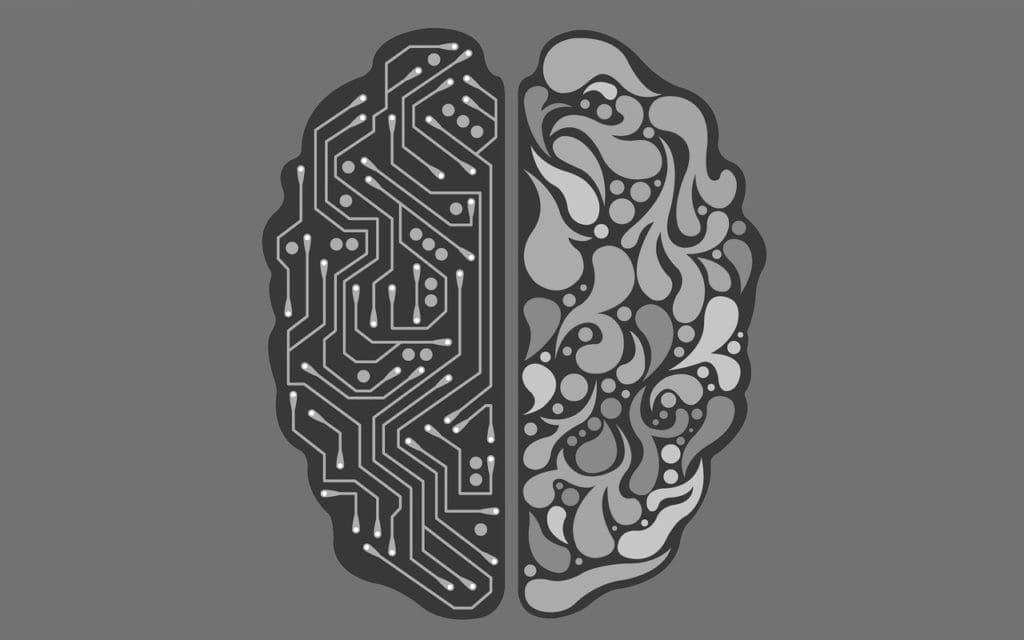Robotic Process Automation (RPA) can be defined as using software with artificial intelligence (AI) and machine learning capabilities to handle high-volume, repeatable tasks that humans previously performed. These tasks can include queries, calculations, and maintenance of records and transactions. This technology, also referred to as a process mining, software robot, or bot, mimics a human worker, logging into applications, entering data, and performing calculations and other tasks. RPA software enables an organization to implement the technology quickly and effectively without incorporating any changes in the existing infrastructure and systems in a manufacturing or medical process.

Although the term RPA can be traced back to the early 2000s, it had been developing before. It basically evolved from three major technologies: screen scraping, workflow automation, and artificial intelligence. RPA can largely facilitate the digital transformation journeys of companies in the following ways:
- Enables better customer service
- Ensures the compliance of business operations and processes with regulations and standards
- Speeds up processes
- Enhances the efficiency by digitizing and auditing process data
- Creates cost savings on manual and repetitive tasks
- Generates higher productivity in employees
As far as the medical industry is concerned, it is interesting to note that RPA plays a key role in streamlining operations by automating business processes for higher efficiency and effectiveness. For many years now, physical robots have been used for assembling, testing, and packing products in several manufacturing companies. However, despite this, companies are often fraught with issues related to office processes, such as keeping up with new regulations, lack of skilled labor, supply/inventory management, etc. In such situations, companies are unable to offer top-notch services and innovation to customers, reduce costs, and maintain seamless communication with vendors.
Office Procedures
RPA has made it possible for the medical field to automate major front-office processes, and in the process, also identifying and improving the flawed areas. Thanks to RPA, companies can cut down the complications involved in managerial processes, creating an agile front office. With the reasonable implementation of RPA, companies like Amitech Solutions can reinvigorate manufacturing/healthcare office procedures. They can also minimize the distance between repetitive activities such as quoting, invoicing, accounts payable, accounts receivable, general ledger operations, etc. RPA also facilitates streamlining, enhanced efficiency, reduction in manual errors, and rework time. All of this ensures quality improvements in processes and operational performance.
The following are four benefits of implementing RPA in the Medical Industry:
- Elevated levels of regulatory compliance
- Deeper, real-time process monitoring and analytics
- Replacing paper with digital platforms
- Digitized communication
It is interesting to note that in the medical field, an ERP (enterprise resource planning) driven industry, RPA is all set to spark a huge transformation that will elevate this domain to greater heights. RPA can be completely relied upon to intelligently automate many time-consuming functionalities within enterprise resource planning systems like Oracle, SAP, and other such platforms. With simple drag-and-drop scripting, users can automate many of the manual business processes that are otherwise expensive as well as time-consuming. With RPA tools, one can effortlessly work through the presentation layers of EPR, CRM, and SCM systems. Because of these systems, entire business rules and audit trails are maintained to ensure security and traceability.
Benefits of RPA in Healthcare
By eliminating human error from simple processes, RPA tools ensure that the front-office processes are streamlined. RPA benefits the healthcare industry in the following ways:


Improved appointment scheduling:
Software robots improve online scheduling. The patient can provide their insurance carrier, any personal preference as to date and time, answer a screening form regarding the reason for the visit. The information is then passed on to the scheduling department who will make the appointment.
Fewer missed appointments:
With appointment reminders software, the RPA bot automates patient scheduling and sends appointment reminders. Patients are less likely to forget their appointments. The doctor can provide care to more patients.


Claim management:
After a patient is seen, the billing process is implemented. Manually processing is repetitive, and mistakes can be made. With RPA claim management, human errors are eliminated. When billing codes change, RPA can streamline the process of making the code changes.
Improved care cycle:
Automation in medical records leads to reduced errors and complications. Doctors don’t have to manually track large amounts of data because the RPA bots will do it. Analyzing data by RPA leads to more accurate diagnosis allowing the doctor to better tailor treatment strategies and spend more time tending to their patients.
Repetitive tasks are reduced:
Employees are released from doing repetitive tasks so they can work on the areas that require human interaction.
Patient satisfaction:
RPA can be immensely beneficial for enhanced communication with the patient in the front office. It can alert a reminder while employees follow up with patients, maintain the contact schedule, and if a patient raises a complaint, it will trigger employees.
The front-office support is streamlined by the RPA bots which makes the customer service department more time to answer patient queries. Healthcare providers are able to offer a higher quality of customer service.
Employee satisfaction:
The repetitive and tedious tasks are done by the RPA software, therefore, reducing boredom. RPA allows employees to be more productive. Employee satisfaction means less employee turnover.
Compliance:
RPA tools not only ensure accurate processing of data but also takes care of compliance requirements. Besides, these tools record what they update at any given time and leave a trail of changes. This allows the business to monitor if and when any change happens.
Data migration:
Data migration takes up a great amount of time to find, organize, and utilize data, irrespective of whether the data is on paper or in an old system. RPA tools can prove to be instrumental in streamlining the migration process from partially paper to a completely new digital system. After that, paper files can be digitized and integrated into the new system, and files from an old system can be transferred to the new system properly. Automating the transfer of data will save time and do away with human error, such as duplicate or missing files.
Administration and reporting:
by implementing RPA in the administration department of a medical business, the industry can get all the reports of their production, which in turn will aid them in managing the business efficiently.
Reduced costs:
Overall, the price of RPA software is a small fraction of the cost to pay employees for manual tasks. RPA handles everything from scheduling appointments, sending appointment reminders, billing, etc. which frees the office personnel to focus on other issues that need manual attention.
The Bottom Line
The bottom line is, when it comes to digital transformation initiatives within the medical industry, RPA is the key enabler. Accounts payable process automation, invoice processing automation, and supply chain automation are areas where RPA can optimize the core operations and improve agility, speed, and quality.
Featured Image by Erik Stein from Pixabay




